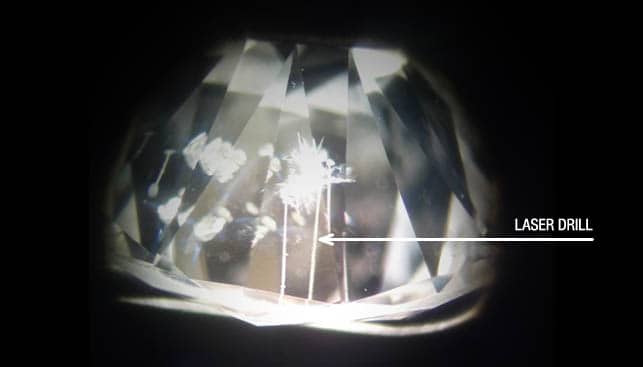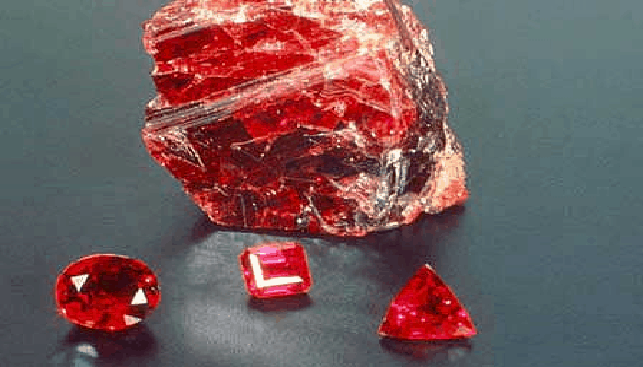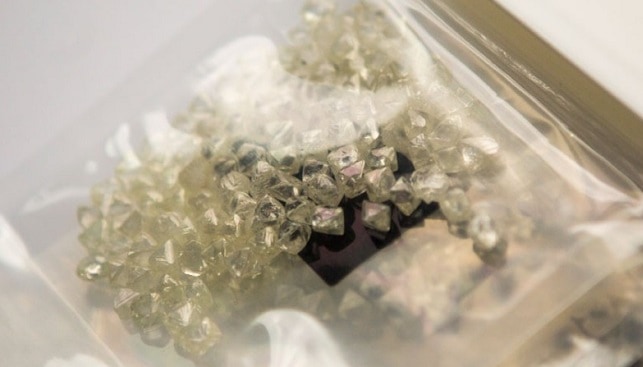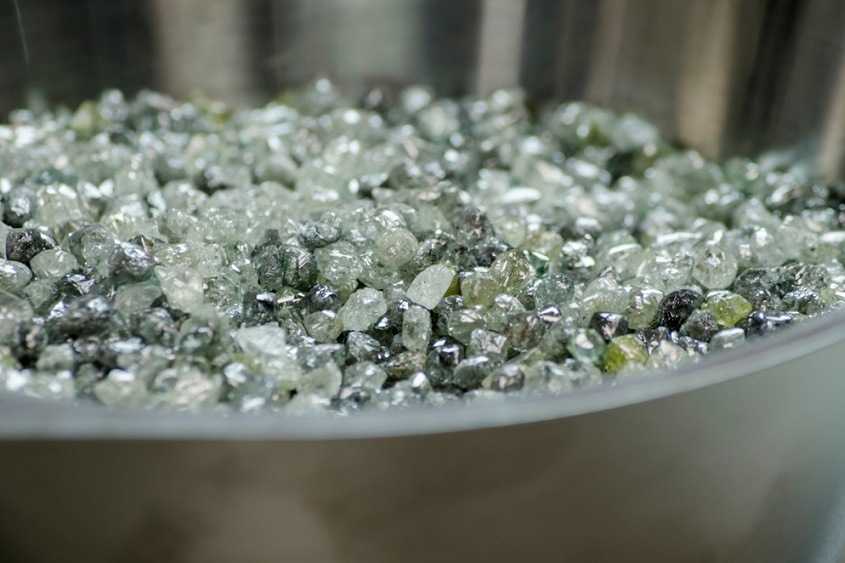Laser drilling is a technique practiced since the mid-1960s to improve a diamond’s clarity by removing crystal or iron oxide inclusions.
In traditional laser drilling, an infrared laser with a wavelength of approximately 1060 nanometers drills tiny holes of less than 0.2mm in diameter. The holes provide access to the inclusion, and once the inclusion has been removed, the stone is immersed in sulfuric acid to take away the remaining dissolved crystal or stains.
Laser drilling can be employed on multiple inclusions in the same diamond, and leaves clear signs that are visible under a microscope. The drill holes have a whitish, “wrinkled” appearance, and in reflected light holes that reach the diamond’s surface can be noted as dark circles.
In 2000, the KM (from the Hebrew phrase “Kiduah Meyuhad” = “special drilling”) technique was invented. KM laser drilling is best suited to poor-quality diamonds whose inclusions lie near the surface. The KM technique leaves no hole, and is therefore more challenging to identify than standard laser drilling.
However, under close inspection, KM-treated diamonds exhibit internal traces of laser drilling, such as “wormholes” near the sites of inclusions.
Like all diamond treatments, any type of laser drilling must be disclosed when a diamond is submitted to a gemological laboratory for grading.














